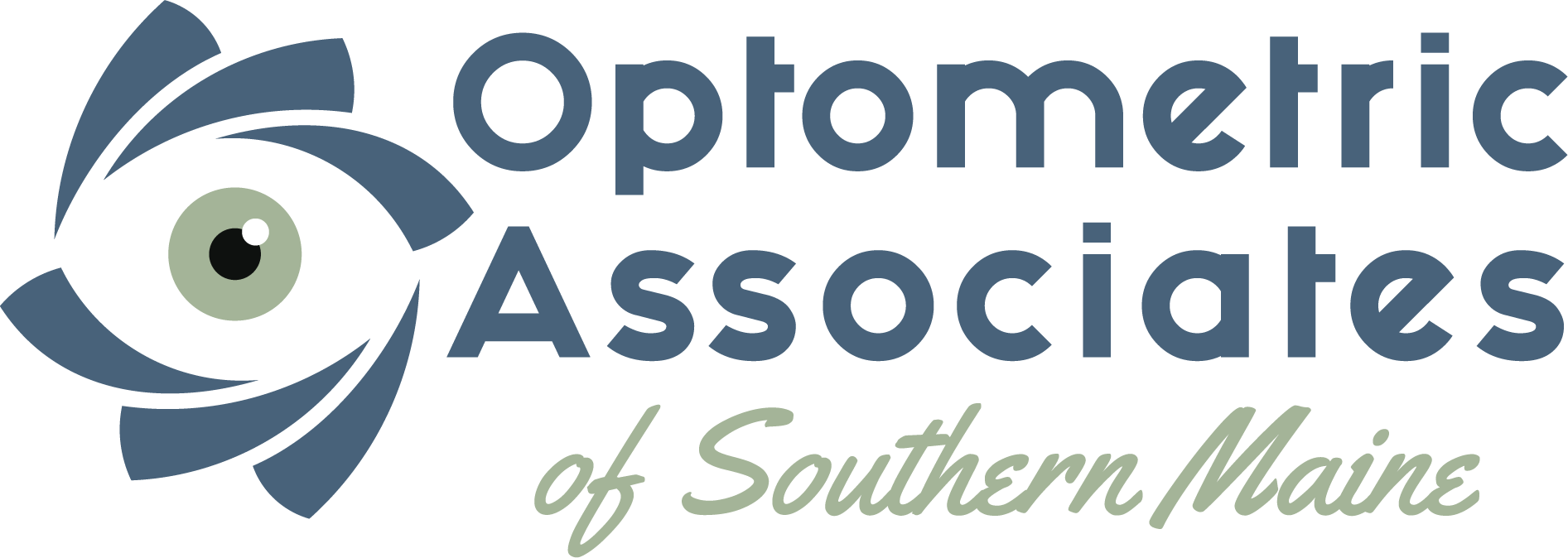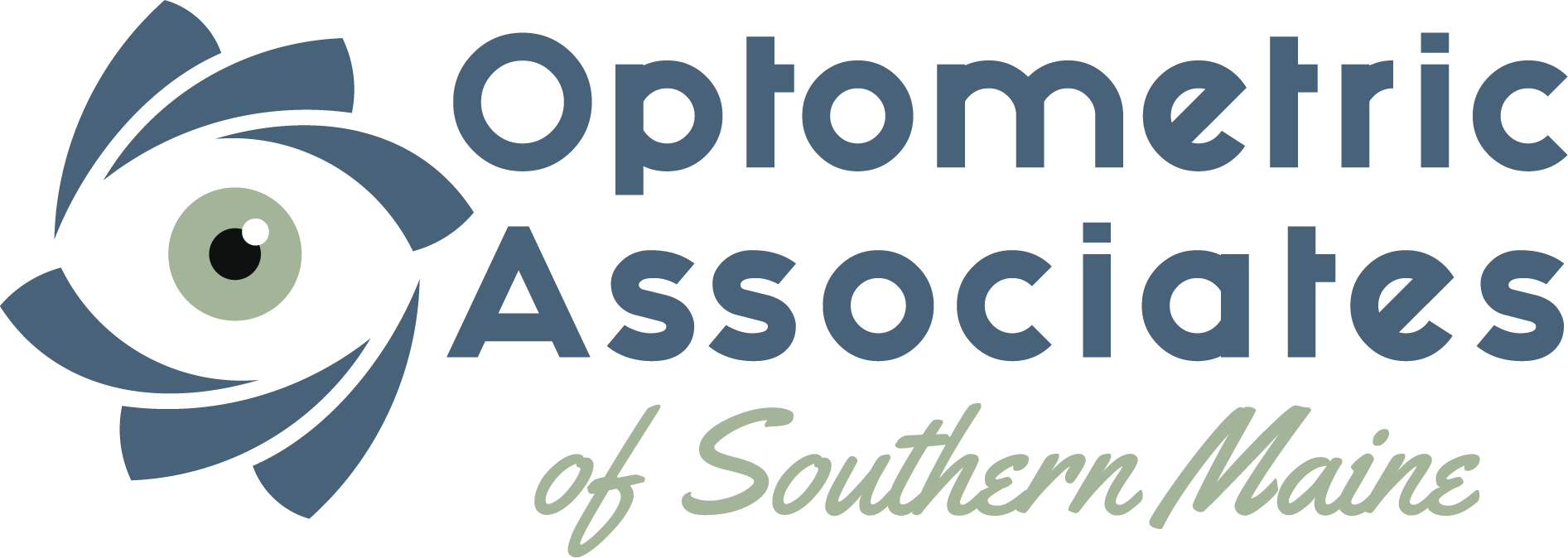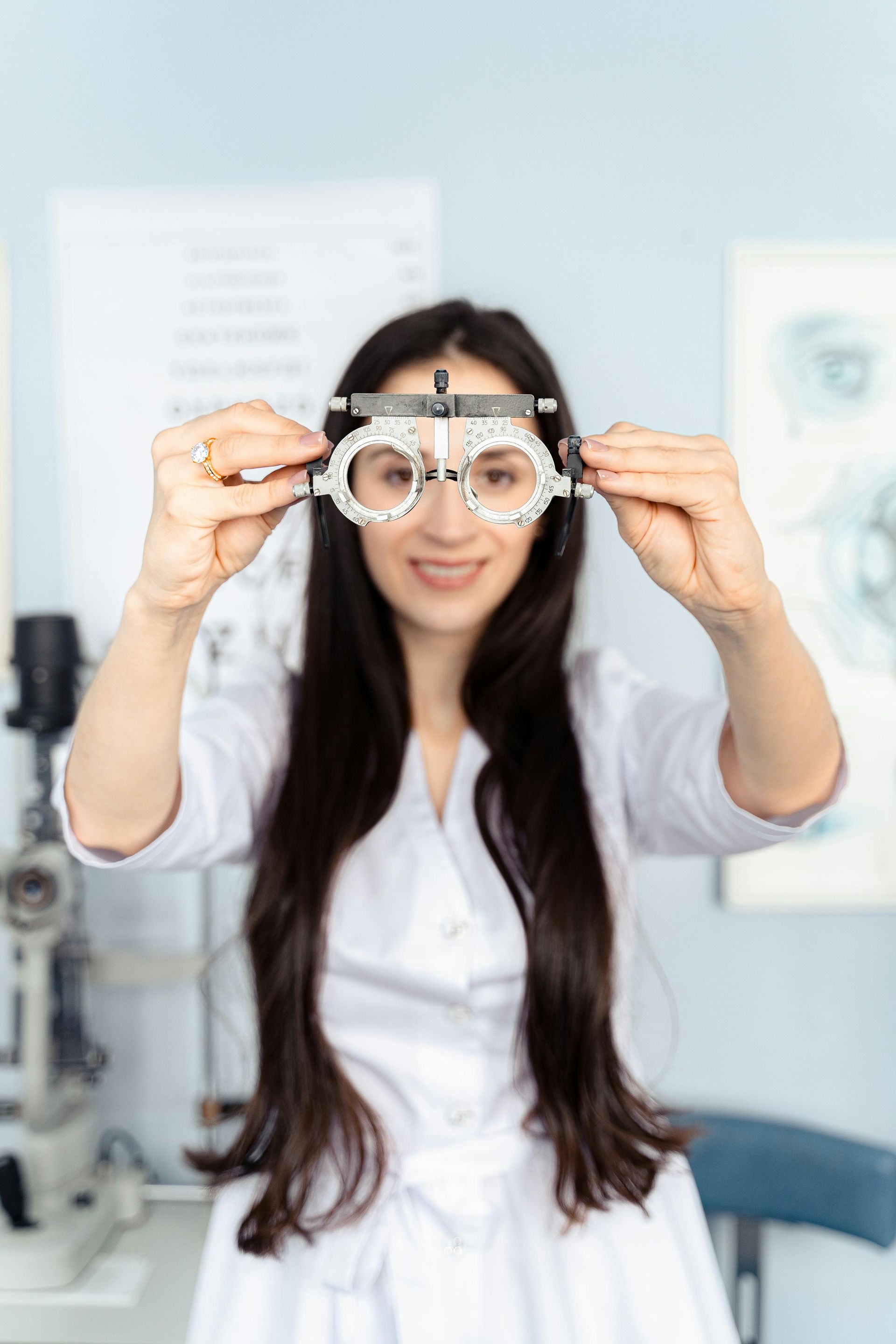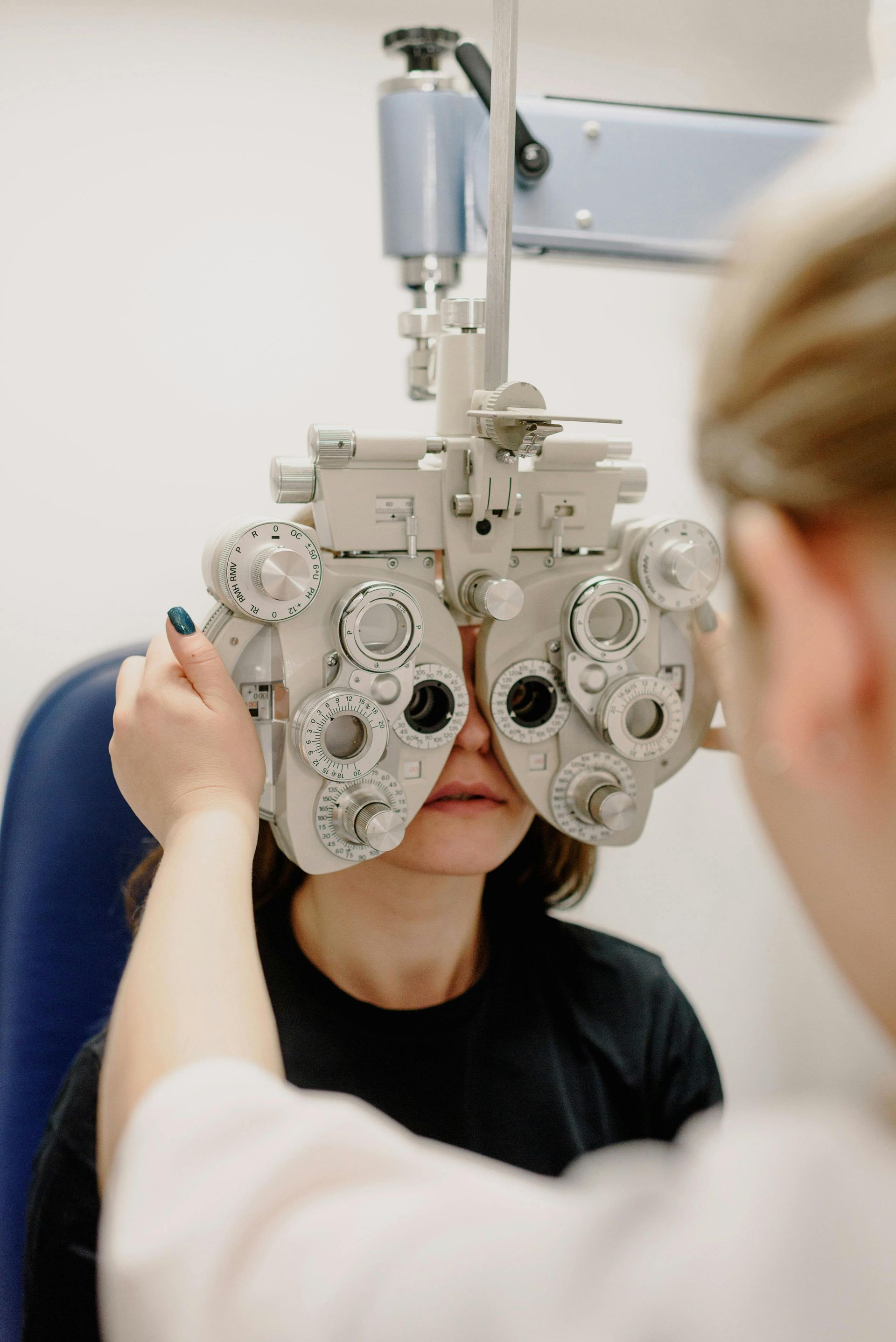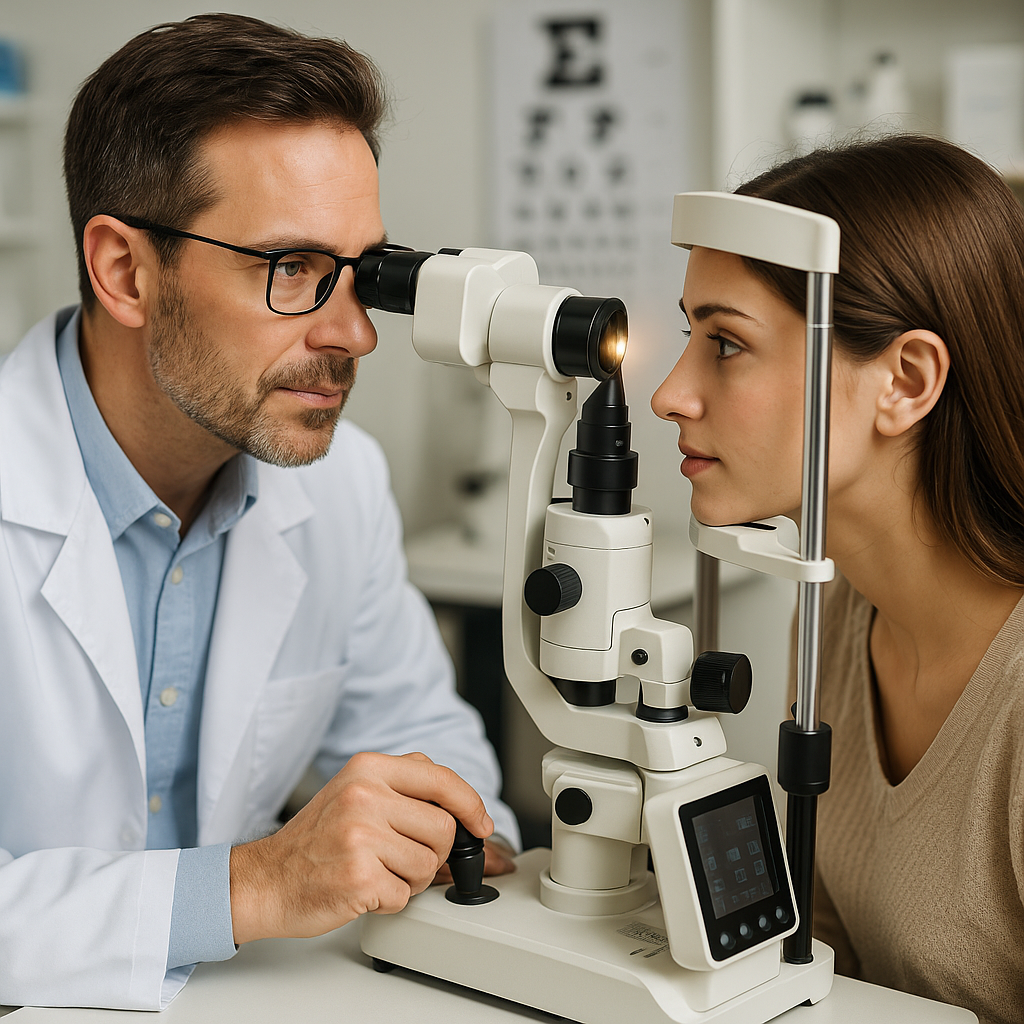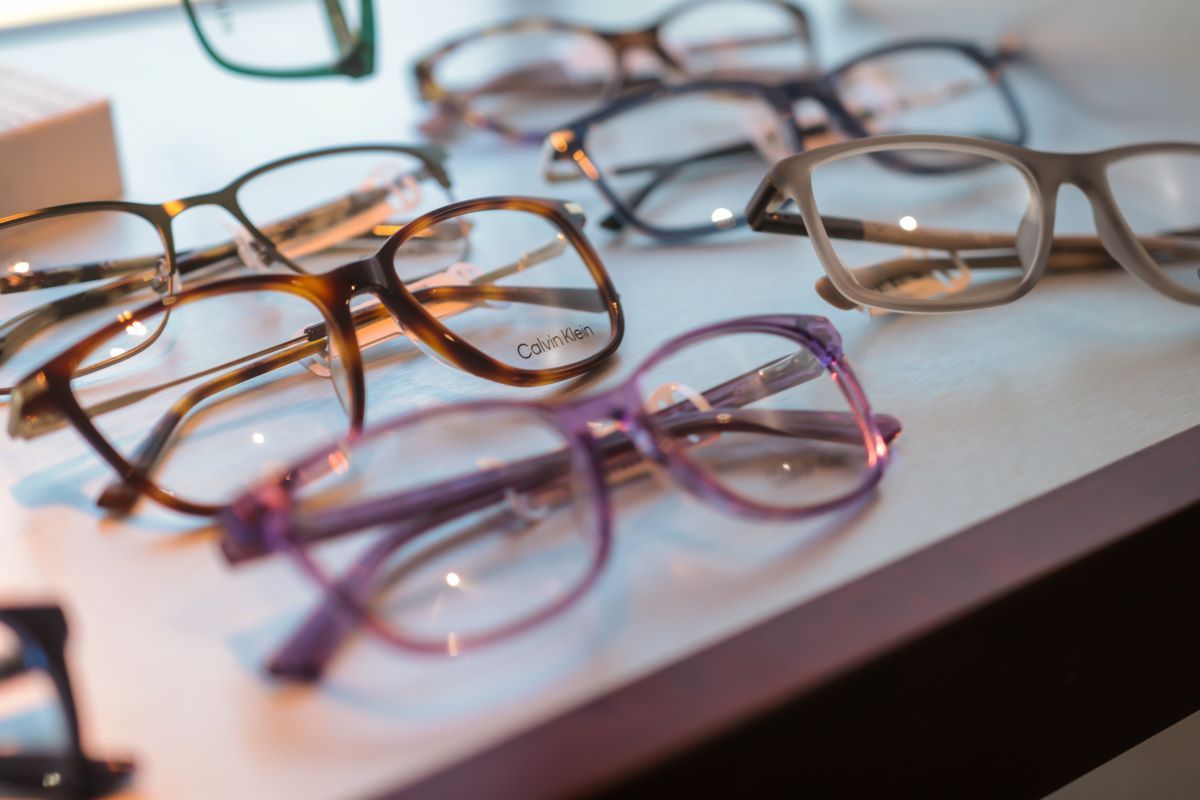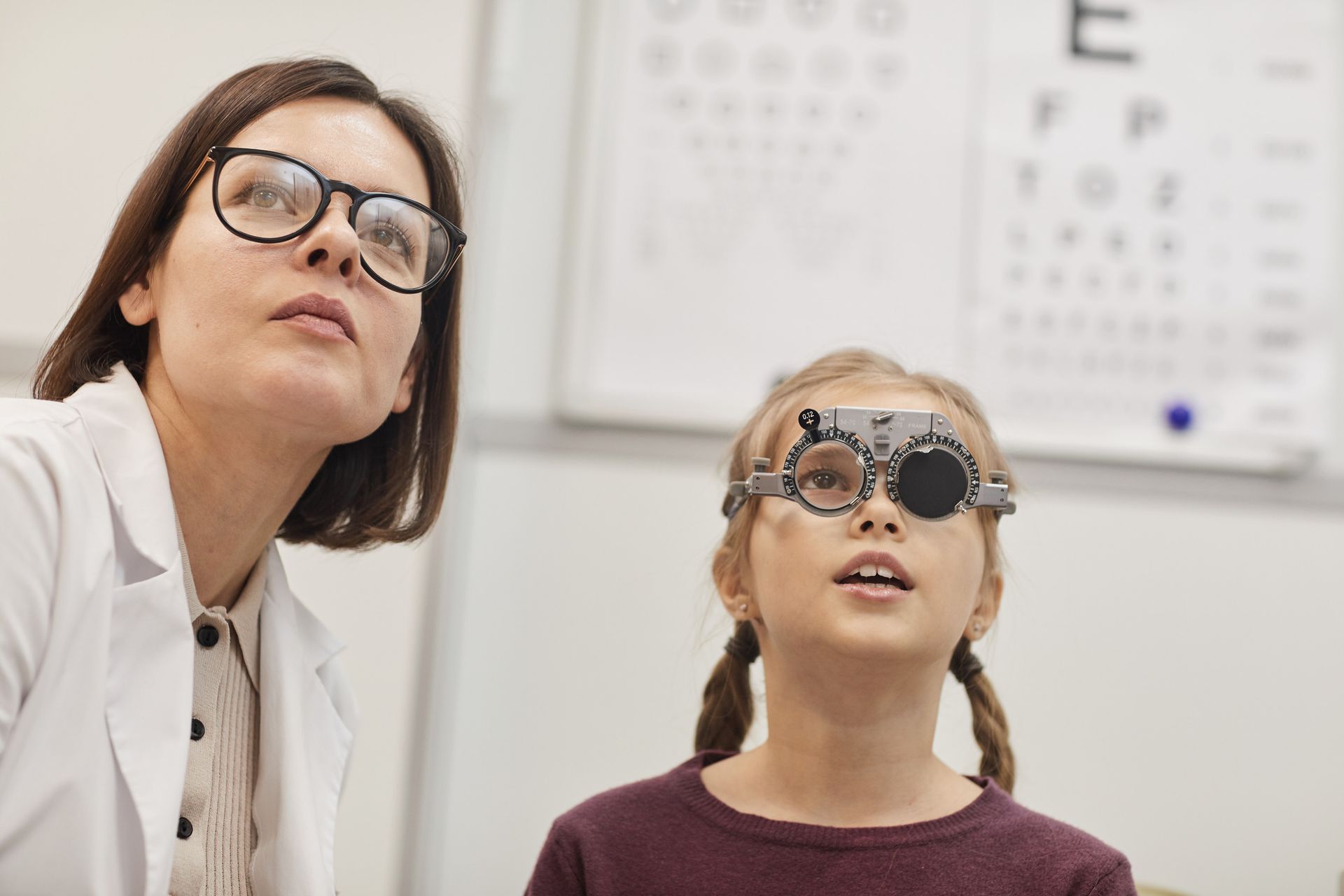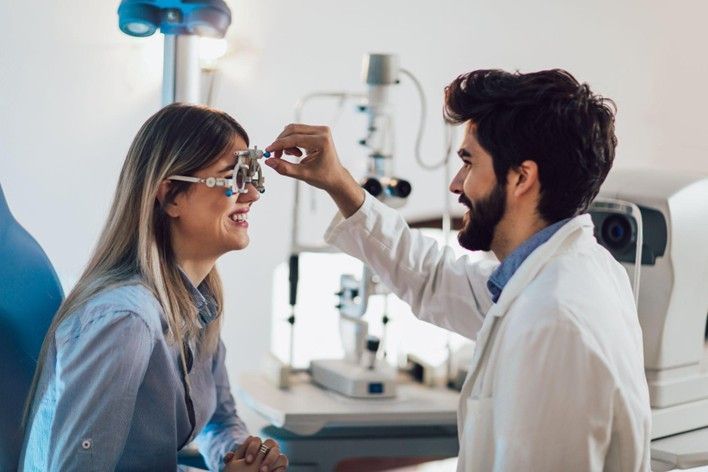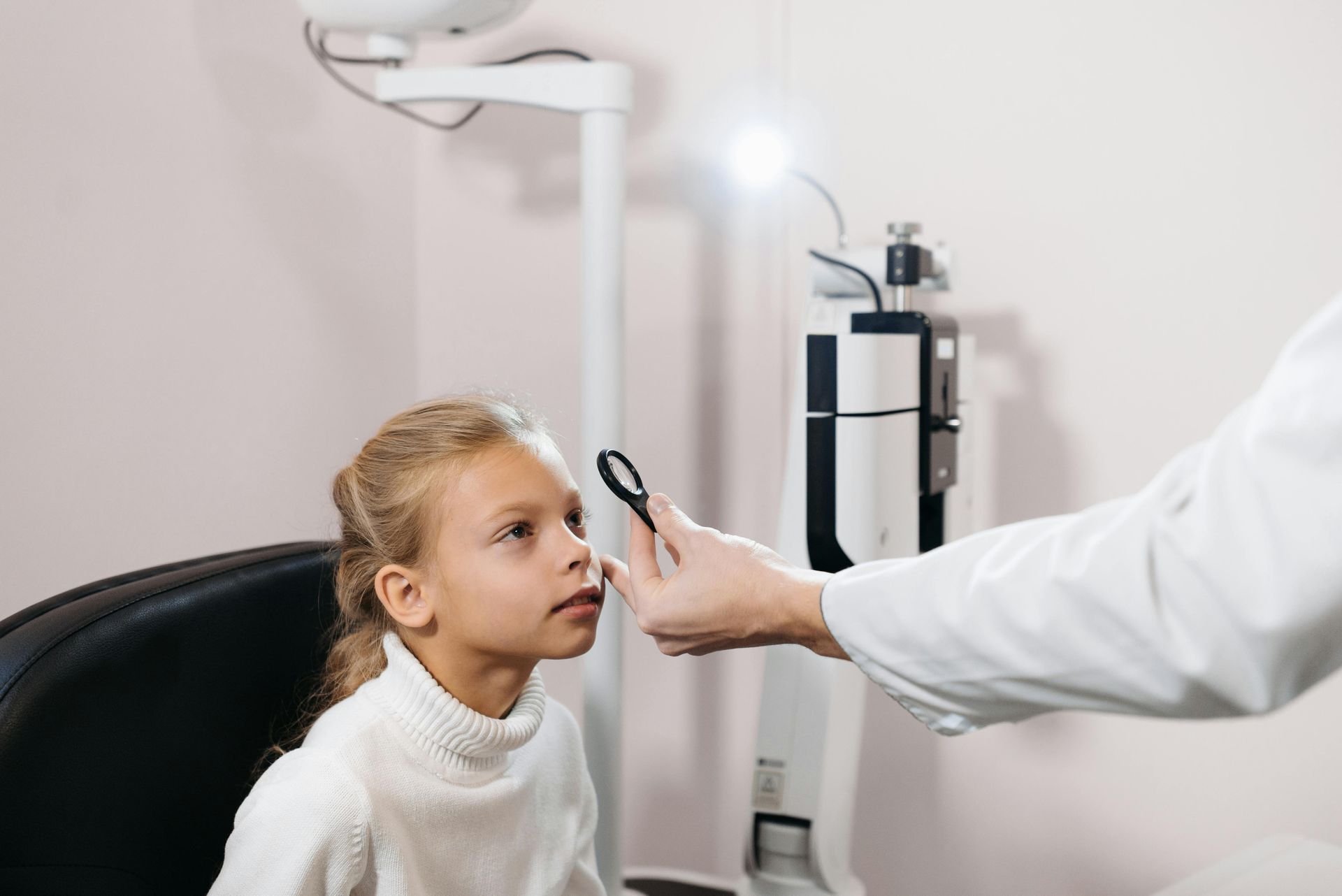Importance of Early Detection and Treatment of Childhood Glaucoma
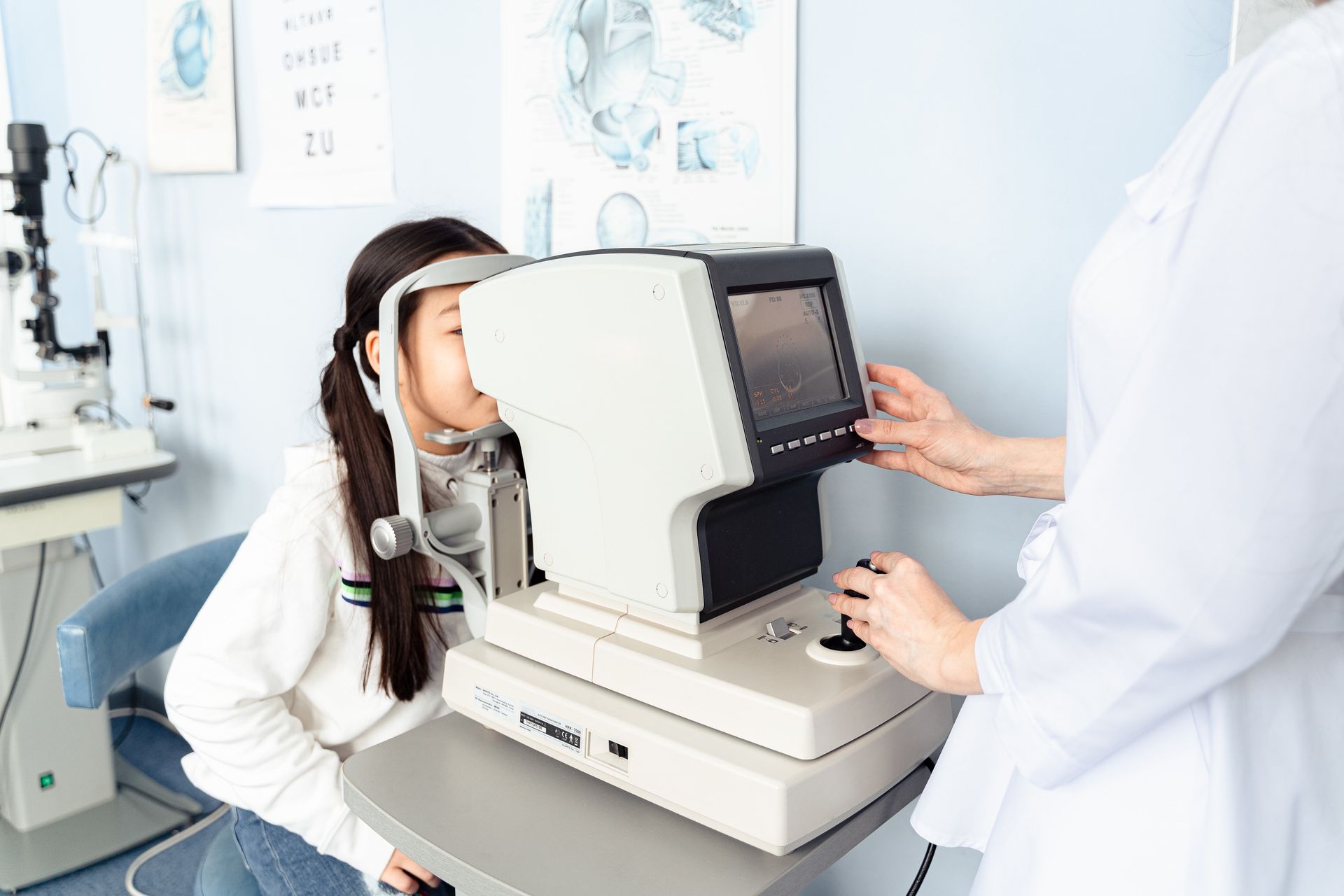
Early Detection and Treatment of Childhood Glaucoma
Childhood glaucoma, which can be characterized into such types as congenital, infantile, and juvenile, affects babies and young children. Early detection and treatment of glaucoma in children are essential to preserving their vision and preventing irreversible eye damage.
Read more to learn about the importance of early detection and treatment of glaucoma in children.
What is Glaucoma?
Glaucoma is a group of eye diseases that damage the optic nerve, which connects the eye to the brain. The optic nerve is responsible for transmitting visual information from the eye to the brain, and damage can result in vision loss or blindness. Glaucoma is also known as the "silent thief of sight" because it can cause permanent damage to the eye without any noticeable symptoms.
Main Types of Glaucoma
Depending on when glaucoma develops, it can be congenital, primary infantile, or pediatric.
● Congenital glaucoma develops before birth.
● Primary infantile glaucoma develops between the ages of 1 and 24 months. Congenital and primary infantile glaucoma affects approximately 1 in 10,000 births in the general population.
● Juvenile glaucoma develops from 3 years of age and affects 1 in 5,000 children.
What Causes Glaucoma?
The causes of childhood glaucoma include genetics, underlying medical conditions, and injuries. Some children may be born with a defect in the eye's drainage system, which leads to increased pressure in the eye and subsequent damage to the optic nerve.
Children with certain medical conditions, such as neurofibromatosis or Sturge-Weber syndrome, are also at an increased risk of developing glaucoma. Injuries to the eye or head can also cause glaucoma.
Signs and Symptoms of Glaucoma
The signs and symptoms of glaucoma can vary depending on a child's age and the severity of the condition. In infants, signs of glaucoma may include:
● Excessive tearing
● Light sensitivity
● Cloudy cornea
● Enlarged eyes
● Hazy eye
In older children, symptoms may include:
● Decreased vision
● Eye redness
● Eye pain
● Headaches
● Nausea and vomiting
Importance of Early Detection and Treatment
Children with glaucoma are more likely to develop other eye problems as they age, which makes it essential to detect glaucoma as early as possible and provide high-quality treatment. Since children with glaucoma may not show any symptoms of the disease in its early stages, regular eye exams and screening are important. Prompt treatment lowers the pressure in the eye and prevents further damage to the optic nerve that may otherwise lead to surgery.
How Is Glaucoma Treated?
Topical eye drops and oral medications may be used during medical treatments. These therapies aid in either increasing the amount of fluid that leaves the eye or reducing the amount that is produced there. Each leads to lower eye pressure.
The two primary surgical procedures are filtering surgery and laser surgery. Filtering surgery involves making a drainage canal in the eye. Laser surgery creates a tiny opening in the eye tissue using a focused, strong light beam.
If your child is experiencing any symptoms such as blurred vision, eye pain, or loss of peripheral vision, schedule an appointment with Optometric Associates of Southern Maine. Our experienced optometrists can provide comprehensive eye exams and help diagnose eye defects to preserve your child’s vision and health. Contact us today to schedule an appointment.
